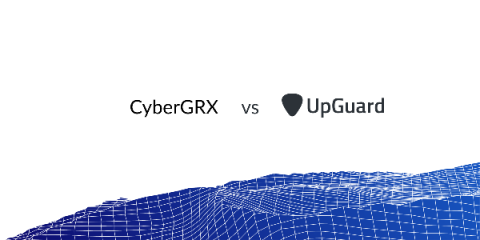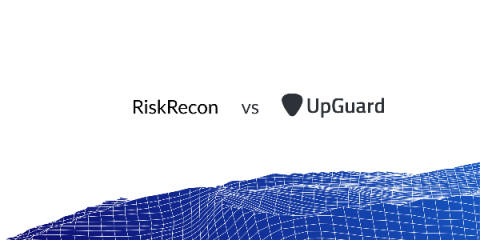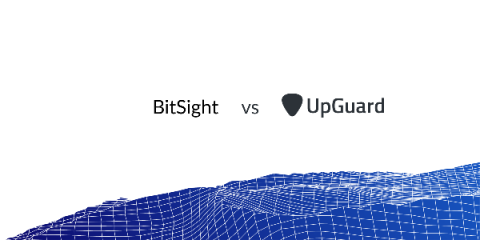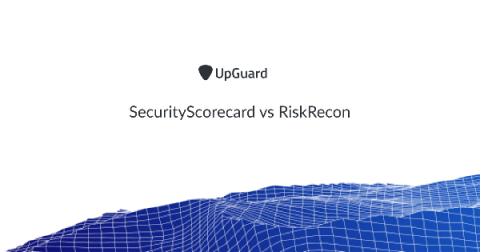Threat, Vulnerability, and Risk: What's the Difference?
In casual conversation, threats, vulnerabilities, and risks are often talked about interchangeably. The reality is that the three are quite different. Threats represent something that might happen. Vulnerabilities show that systems have inherent weaknesses attackers may exploit. Risks keep business owners up at night by shining a light on potential harm inherent in running an enterprise.








